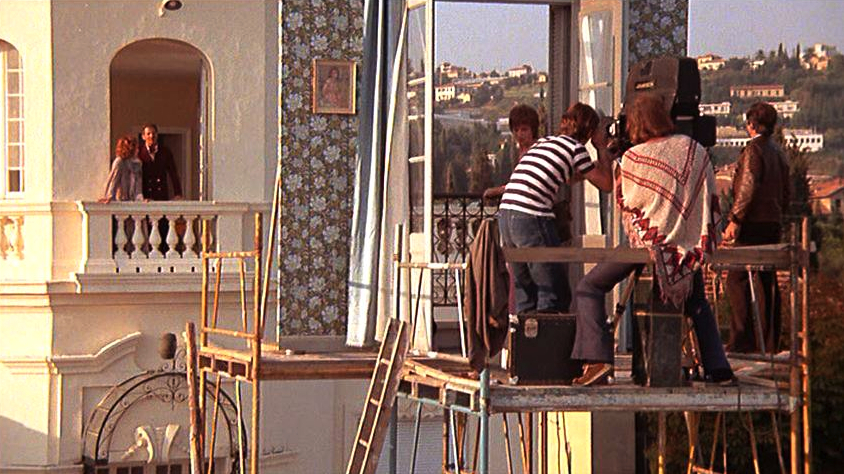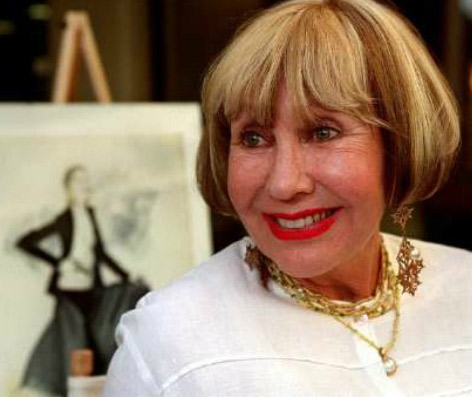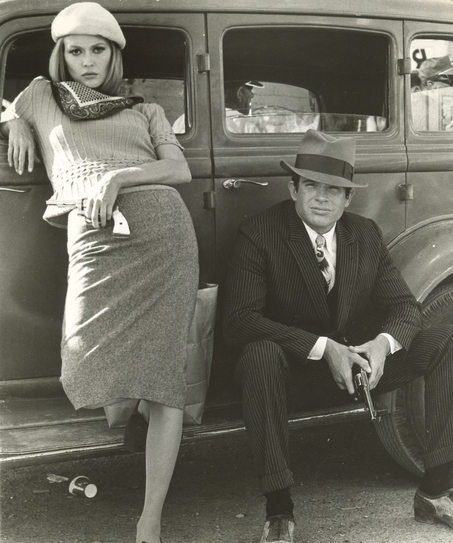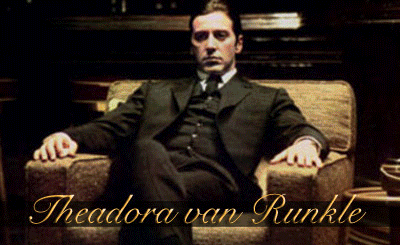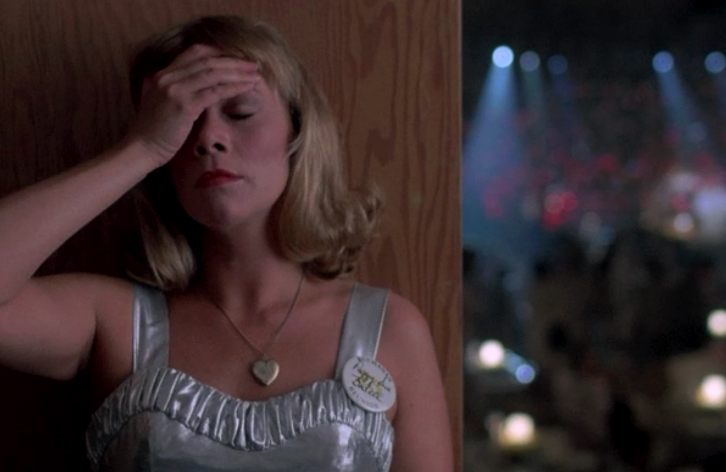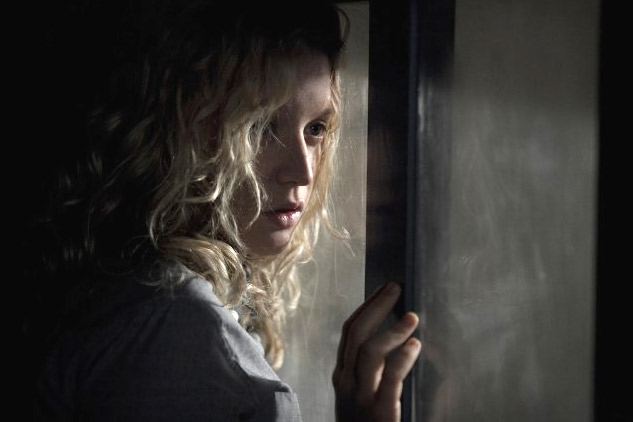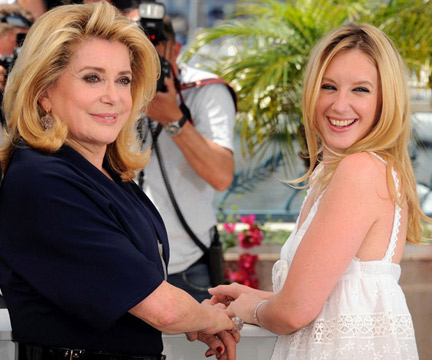1973 Look Back: The End of the New Wave, the Beginning of My Cinephilia
 Sunday, July 27, 2014 at 1:00PM
Sunday, July 27, 2014 at 1:00PM The team is looking back at 1973 as we approach the Smackdown. Here's Amir with a personal history...
 the first known photo of this famous cineaste pair. Before they were filmmakers. [src]Jean-Luc Godard and François Truffaut were the poster boys of the French New Wave, its most recognizable faces. Their friendship that had begun in the 1940s had carried them through all their years at Cahiers and into their directing careers, was evidenced by Godard’s adoration of Truffaut’s The 400 Blows and the latter’s providing the story for his friend’s first film, Breathless. Their early writings manifest the division they had from the beginning about their outlook on the mechanics and politics of cinema. Nonetheless, their friendship continued even through the fraught days of political disagreement in 1968; but no further than 1973. Truffaut’s Day for Night (La Nuit Americaine) was an unforgivable crime in Godard’s eyes, and the latter’s disapproval of the film was a massive act of hypocrisy in Truffaut’s. They were to never see each other again, and only after Truffaut’s death did Godard find nice words to say about his old friend.
the first known photo of this famous cineaste pair. Before they were filmmakers. [src]Jean-Luc Godard and François Truffaut were the poster boys of the French New Wave, its most recognizable faces. Their friendship that had begun in the 1940s had carried them through all their years at Cahiers and into their directing careers, was evidenced by Godard’s adoration of Truffaut’s The 400 Blows and the latter’s providing the story for his friend’s first film, Breathless. Their early writings manifest the division they had from the beginning about their outlook on the mechanics and politics of cinema. Nonetheless, their friendship continued even through the fraught days of political disagreement in 1968; but no further than 1973. Truffaut’s Day for Night (La Nuit Americaine) was an unforgivable crime in Godard’s eyes, and the latter’s disapproval of the film was a massive act of hypocrisy in Truffaut’s. They were to never see each other again, and only after Truffaut’s death did Godard find nice words to say about his old friend.
It’s easy to see why Day for Night made Godard’s blood boil. It’s as conventionally constructed a film as one can expect from a nouevelle vague filmmaker, an unashamed love letter to Hollywood and cinema itself – and with an Oscar in its cap, no less. By this time in his career, Truffaut had already been branded a sellout by some and would continue to be called as such. He had, in the opinion of some of the New Wave’s proponent’s, become the very cinema he criticized in his youth. There was no political edge to Day for Night; no radical revision of how the medium operates. It was “a lie,” thought Godard. Some of those accusations might be true, but there is another truth that isn’t mentioned as often: this is an incredible film.
When I first watched Day for Night, I was 19. It was in the days when Toronto’s Bloor Cinema wasn’t yet devoted to screening documentaries. It was a cheap, dingy but friendly gathering place for the neighborhood’s elderly and University of Toronto’s students. [More...]
